Fed keeps interest rate unchanged at 5.00-5.25% as widely expected, by unanimous vote. The new economic projections are rather hawkish, with 2023 median rate projections raised to 5.6% (two more 25bps hikes). GDP growth and core PCE inflation were revised higher while unemployment rate was revised lower.
FOMC leaves the door open for more tightening, as “the Committee would be prepared to adjust the stance of monetary policy as appropriate if risks emerge that could impede the attainment of the Committee’s goals.:
Fed added that the assessments will take into account information including “readings on labor market conditions, inflation pressures and inflation expectations, and financial and international developments.”.
In the new economic projections, median federal funds rates for 2023 is raised from 5.1% to 5.6%, indicating two more 25bps hike. Median projections for 2024 was raised from 4.3% to 4.6%, for 2025 raised from 3.1% to 3.4%.
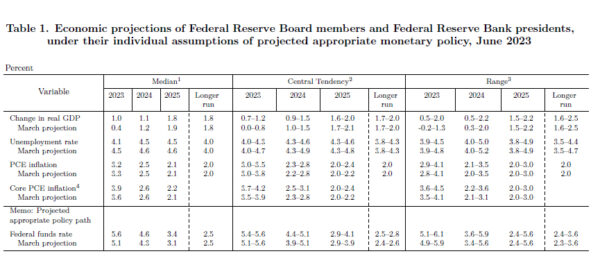
Regarding 2023 median economic projections, real GDP growth was raised sharply higher from 0.4% to 1.0%, unemployment rate sharply lower from 4.5% to 4.1%, core PCE inflation from 3.6% to 3.9%.
In the new dot plot, twelve members penciled in rate hikes to 5.50-5.75% this year, with four expecting rate at 5.25-5.50%, and only two at the current 5.00-5.25%.
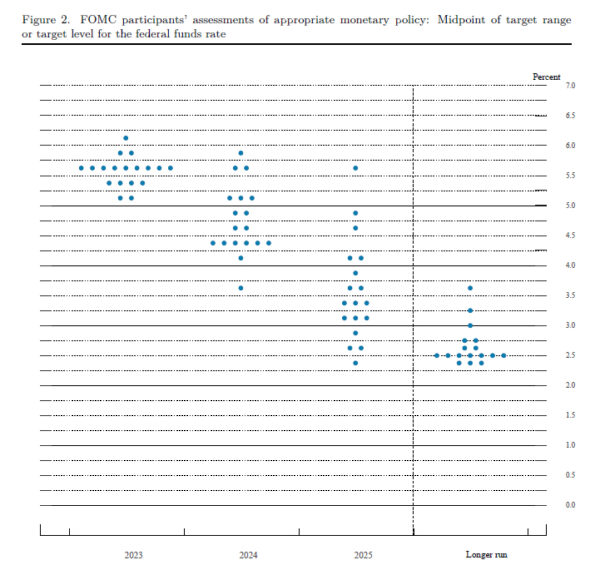
Full FOMC statement here.
Full economic projections here.




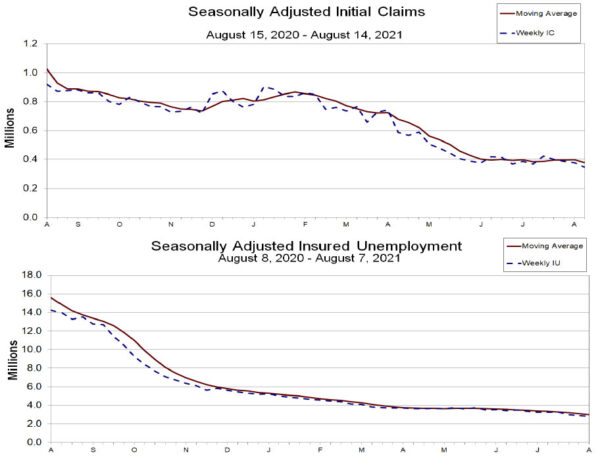

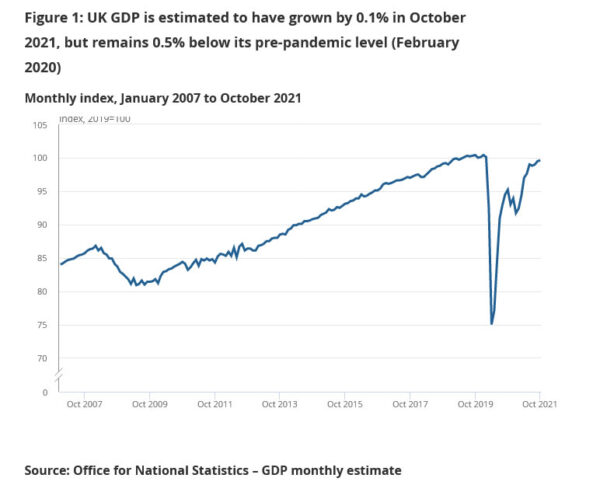
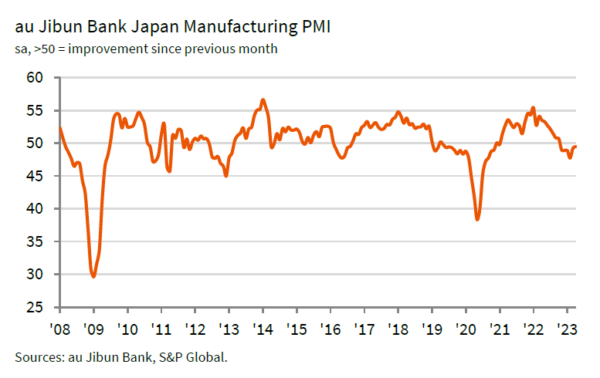
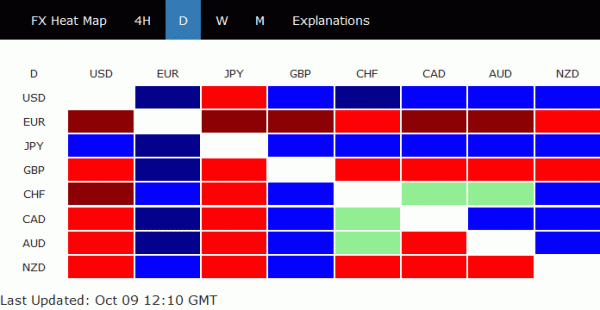
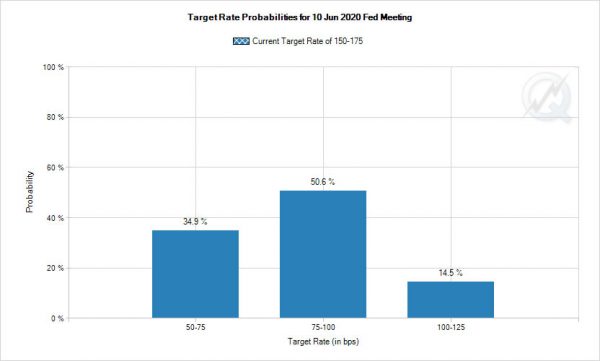
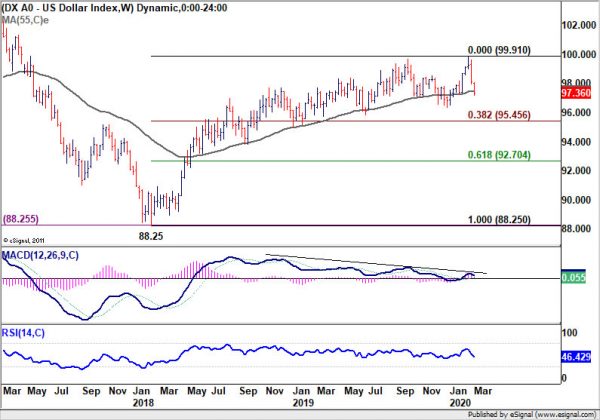
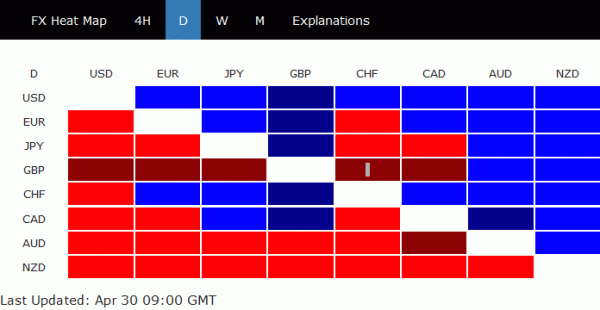
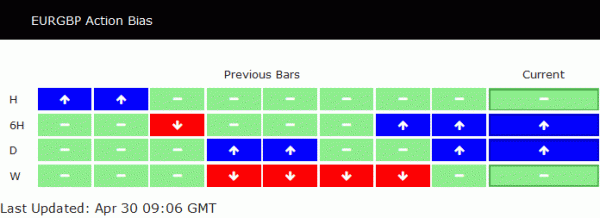
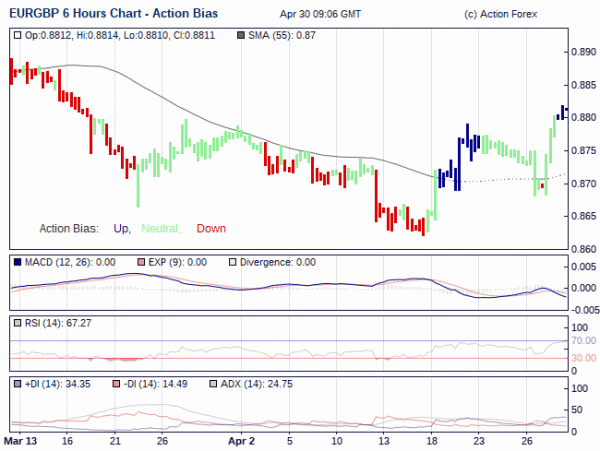
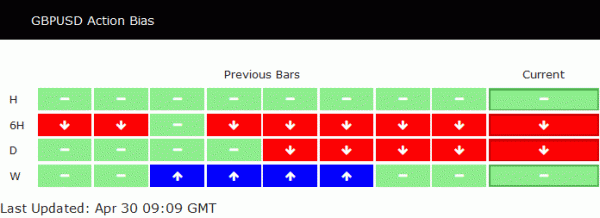
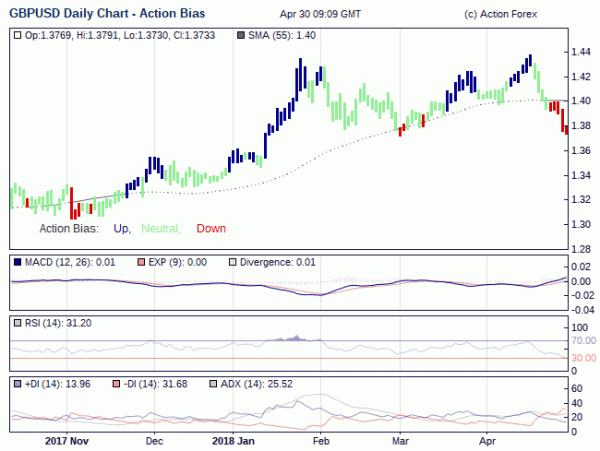


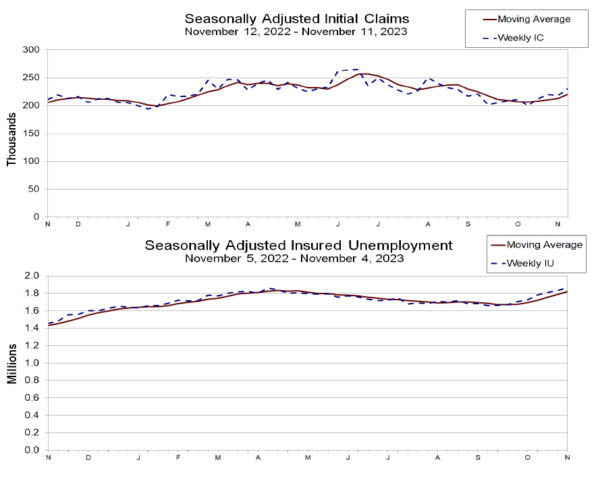
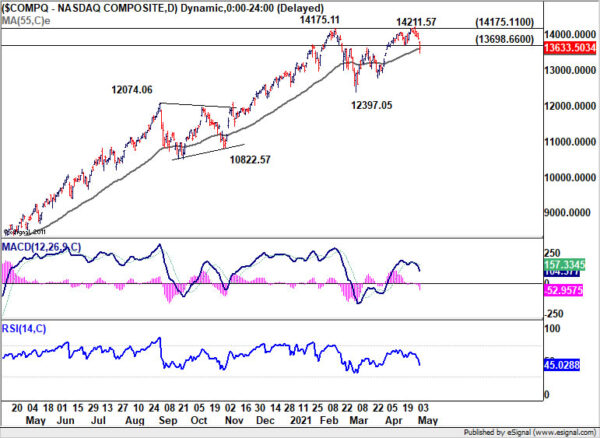
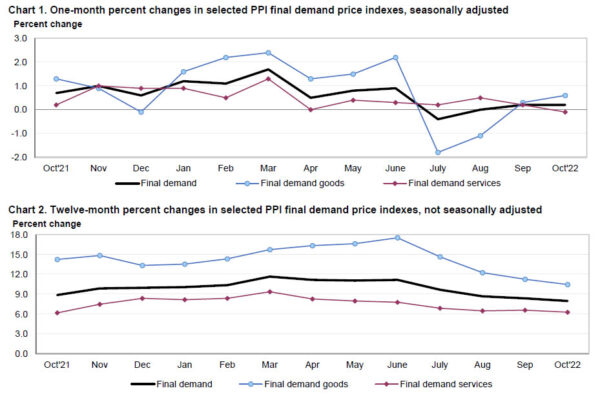
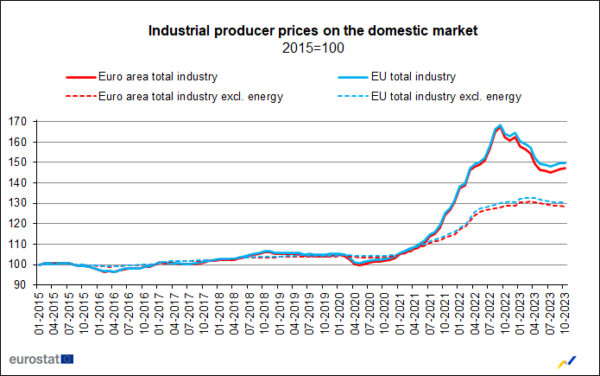
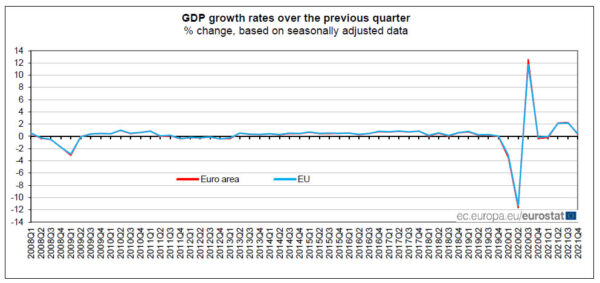
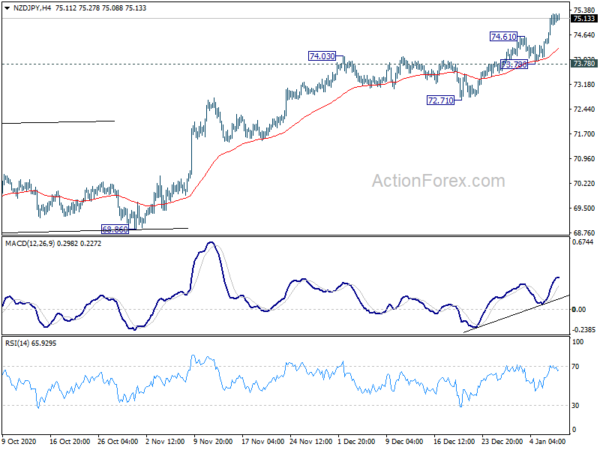
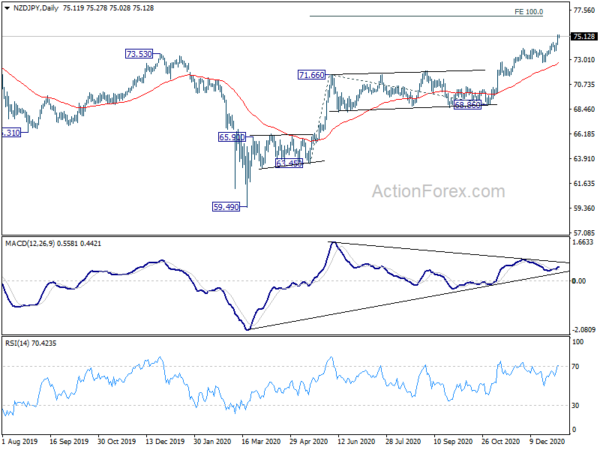

US farmers’ approval of Trump hits record after China trade deal
American farmers’ support for President Donald Trump hit records after completion of US-China trade deal phase one. According to the Farm Journal Pulse poll, 64% of 1286 respondents said they strongly approve of Trump. 19% said they somewhat approve. Only 13% said they disapprove of the president’s performance.
Trump said he would seriously enforce the trade agreement with China and he believed “it’s going to work out. He added that “China is going all out to prove that the agreement that we signed is a good agreement.” According to the deal, China will buy USD 36B of US agriculture products this year, and more than USD 43B in 2021.